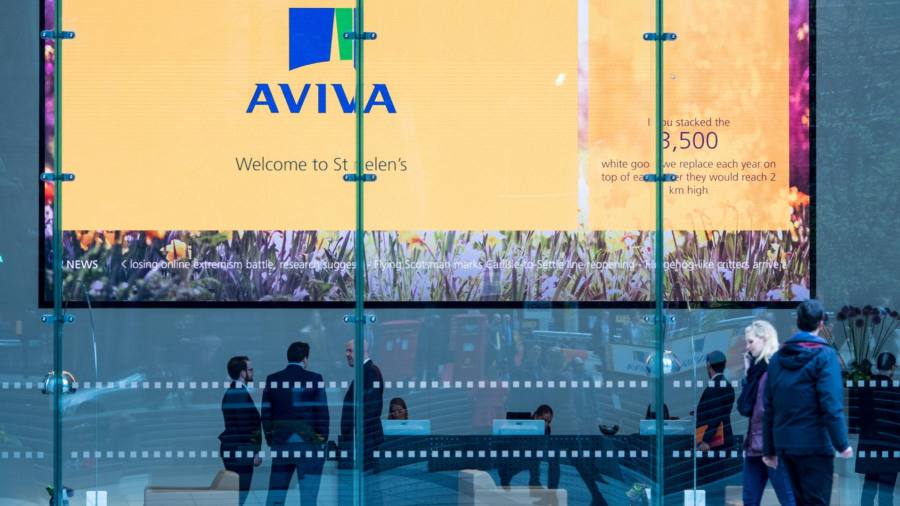Receive free Advice & Comment updates
We’ll send you a myFT Daily Digest email rounding up the latest Advice & Comment news every morning.
I have always been a lover of dividends — reinvested and compounded — they have played a big part in the growth of my Isa over the years. Much less appealing has been the pursuit of “total return”, that is, focusing on an overall return, primarily driven by capital growth at the expense of income.
This may be fine when shares are powering ahead, the argument being that you can always sell a portion of your holding if you need the money. But in a bear market, as we had recently, depreciating capital combined with little or no income is hardly encouraging.
Probably it is my accountancy training and self-discipline, but I have always differentiated between capital and income, and nibbling away at one’s seed corn is not for me. I like businesses in which I’m invested to at least maintain dividend rates in a difficult period, if at all possible, as reducing or passing dividends always leave a scar on a company’s record which can never be erased.
Currently, highly depressed markets have thrown up very attractive dividend yields and I have significantly moved funds in my own and family portfolios into the likes of Aviva or Legal & General — virtually private sector “gilts”. Many solid, established and profitable small-caps are also now offering attracting yields.
Of course, depositors can get returns of 6 per cent or more on bank deposits following recent rises in interest rates, but for how long will these rates last? Years ago, I wrote an article on my “double 7” approach, which advocated looking for both a dividend yield and a price/earnings ratio of 7. Never did I think those days would come round again!
It was against this background that I relished the recent opportunity to advise and build a conservative, income-focused portfolio for a family charity. What a wonderful time to have cash to invest given current available dividend yields.
A balanced portfolio — without overdiversifying — is something to aim for. I selected 16 stocks with a weighting to large caps, all offering a dividend yield of 5 per cent or more. As a “core” there was a three-unit holding in each of Aviva, Legal & General and M&G, all on yields of at least 8 per cent. Then five two-unit holdings — British American Tobacco, Phoenix, Primary Health Properties, Secure Trust and Taylor Wimpey — again juicy yields averaging about 7 per cent.
The first two need little introduction; PHP, despite its debt, should be well capable of at least maintaining dividend payments given its rent flow, effectively underwritten by the government. Niche lender Secure Trust has to be outstandingly cheap — I note that the chief executive has just made a notable purchase — and land banked and cash-rich Taylor Wimpey presents an excellent buying opportunity when we must be at, or near, the bottom of the housebuilding cycle.
Finally, we bought eight small-cap single unit holdings — all committed and consistent dividend payers: Anpario, Chesnara, Duke Royalty, MP Evans, Hollywood Bowl, STV, Workspace and VP. This group has a probable 6 per cent overall yield with the potential for a significant share price recovery and perhaps a takeover candidate from time to time.
With the aforementioned weightings, this portfolio should deliver a near 8 per cent dividend yield overall. Even if a couple of holdings were to disappoint, the projected income should still be very satisfying, and the large-cap strength provides easy access to liquidity if there were ever a need to dip into capital — thankfully a remote possibility.
Turning to my own portfolio, performance has been decidedly mixed. Disappointing trading news severely knocked business brokers Christie Group, although I still believe it to be very substantially undervalued, and Videndum, a supplier of content creation equipment, continued to fall away, suffering from the effects of the Hollywood strikes. Let us hope there is resolution here soon.
On the brighter side we had encouraging optimism from Concurrent Technologies, as trading recovers from supply chain delays and semiconductor shortages, together with an important US acquisition as it builds up its defence business. In two or three years I anticipate it will be materially more valuable and much better known as a UK plc.
However the recent highlight of my investing life was unquestionably the visit to family-controlled Potteries-based engineering group Goodwin. Over my 60-year spell as an investor it has to be one of the very best companies I have held shares in.
Never have I experienced family directors so driven and committed to growth. They have near unique UK capability, having become a key supplier of large, technically advanced castings. With its focus on the nuclear decommissioning and naval markets, both these sectors helped it deliver a 68 per cent increase in orders last year. Approximately 25 per cent of turnover is defence-related — it is a critical component supplier for submarines for the UK and US navies and in time should benefit from the Aukus security pact.
Among many other activities, Goodwins also has an exciting new product nearing production called Duvelco, a polymer resin that can bear very high temperatures. All this should hopefully bring surging profits over the coming years.
Lord Lee of Trafford is an active private investor and a shareholder in all the companies indicated
Read the full article here



